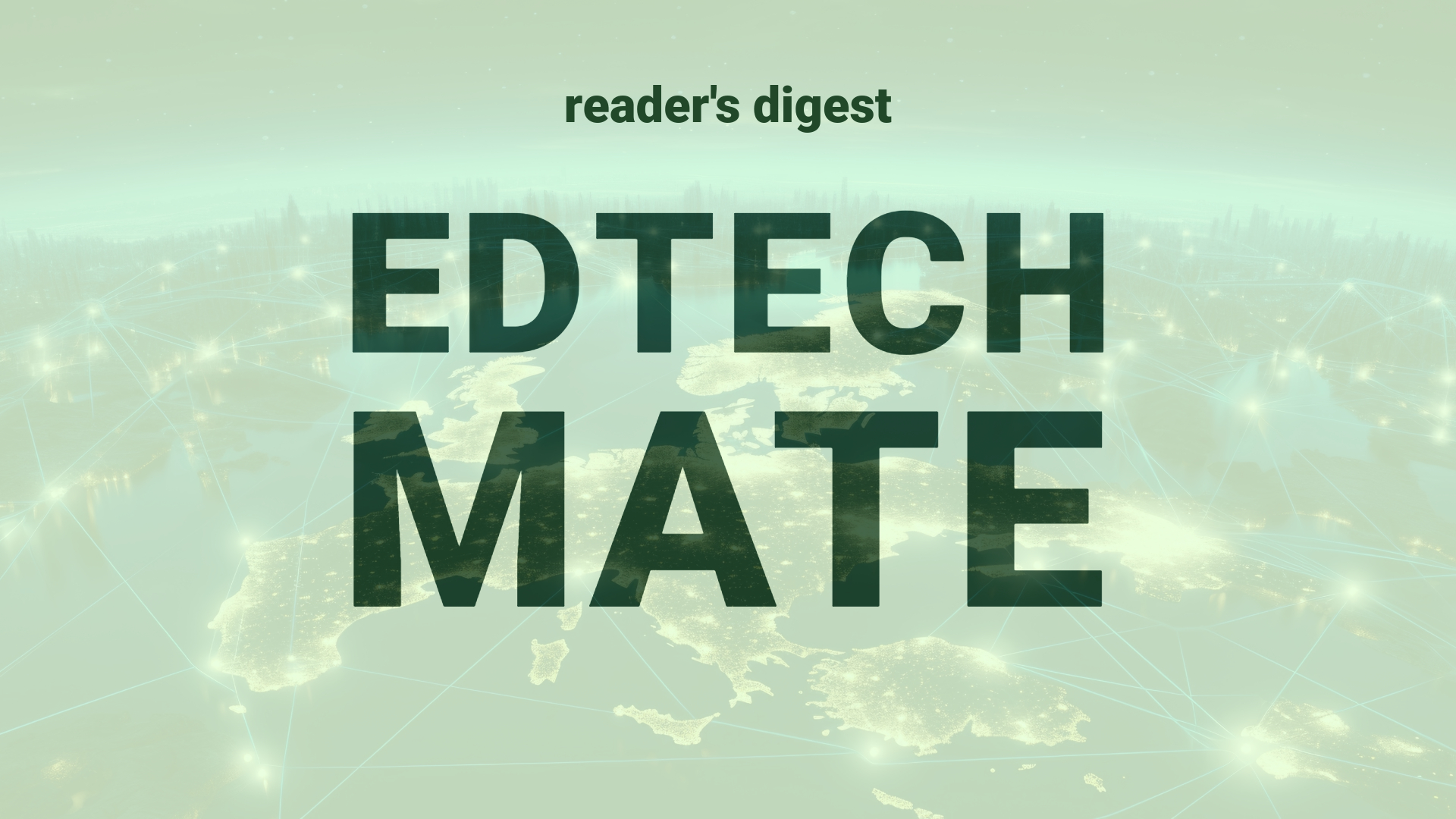Executive Summary and Main Points
The integration of advanced technologies in the healthcare sector has led to unprecedented improvements in precision diagnostics, workload reduction for clinicians, and optimization of back-office operations. The University of Pennsylvania Health System’s leverage of its Penn Medicine BioBank data for AI-based diagnostic tools is a paradigm shift toward early disease detection, such as with hepatic steatosis. Notably, these AI tools prioritize medical imaging for radiologists, enhancing diagnostic efficiency. Several healthcare providers have introduced machine learning, ambient documentation, and real-time scheduling adjustments to improve service delivery and address physician burnout. The technology deployment in healthcare settings also illustrates the growing trend of open source and collaborative efforts, as demonstrated by Penn’s AI orchestrator. Innovations are not limited to patient care but also address operational challenges, such as streamlining communication between providers and patients using generative AI.
Potential Impact in the Education Sector
Implementing similar technologies in the education sector could revolutionize Further Education, Higher Education, and Micro-credentials. Automated AI tools could personalize learning experiences and improve early identification of learning difficulties, akin to precision diagnostics in healthcare. In Higher Education, AI-driven analytics could aid in scheduling optimization for courses and resources, drawing parallels to the operational efficiencies observed with the University of Miami Health System. With ambient documentation, educators could reduce administrative burdens allowing for increased focus on student engagement and instruction. Adoption of digital platforms for micro-credentials could enhance access to specialized knowledge and facilitate lifelong learning, much like open-source contributions in healthcare support community hospitals. Strategic partnerships, such as those between tech vendors and medical institutions, may lead to bespoke educational technologies that integrate seamlessly into existing systems, promoting a more digitally-transformed learning environment.
Potential Applicability in the Education Sector
AI and digital tools provide several innovative applications within global education systems. AI-based analysis could streamline grading systems, provide real-time feedback, and tailor learning pathways for individual students. Ambient instructional technology may enable real-time documentation of lectures and discussions, increasing efficiency and accuracy in record-keeping. Predictive algorithms, similar to those adjusting surgery scheduling, could optimize class schedules, facility usage, and human resource allocation. Furthermore, the push towards open APIs in healthcare suggests potential for more versatile and interoperable educational platforms, which could support the creation of global educational ecosystems characterized by increased accessibility, customization, and improved learning outcomes.
Criticism and Potential Shortfalls
Despite the promise of such technologies, there are valid concerns. In healthcare, AI-driven patient care is still approached cautiously, indicating a parallel precaution that might be needed with direct AI involvement in student learning and assessment. Ethical considerations regarding data privacy, particularly with systems that collect and analyze sensitive information, are paramount. Cultural implications must also be addressed, ensuring that digital tools do not exacerbate educational inequalities or bias. Real-world case studies from international contexts, such as contrasting higher education institutions’ adoption of AI across different countries, would shed light on disparate impacts and reveal best practices or cautionary tales for global implementation.
Actionable Recommendations
For educational leaders intending to embrace these technologies, it is advisable to undertake a phased approach. Pilot projects with clear metrics for success can help evaluate the effectiveness of AI tools and ambient technologies within the educational context. Collaborations with tech providers can tailor solutions to specific educational needs while adhering to privacy and ethical standards. Open-source initiatives may foster innovation and facilitate access to cutting-edge technologies across institutions. To ensure successful adoption, professional development and training for educators and administrators in these technologies must be prioritized. Lastly, a continuous feedback loop between users and developers is crucial to maintain relevance and utility in rapidly evolving educational landscapes
Source article: https://www.cio.com/article/2474790/healthcares-long-road-to-digitization-gets-an-ai-boost.html

